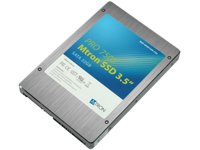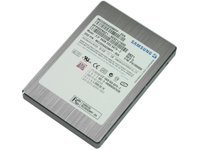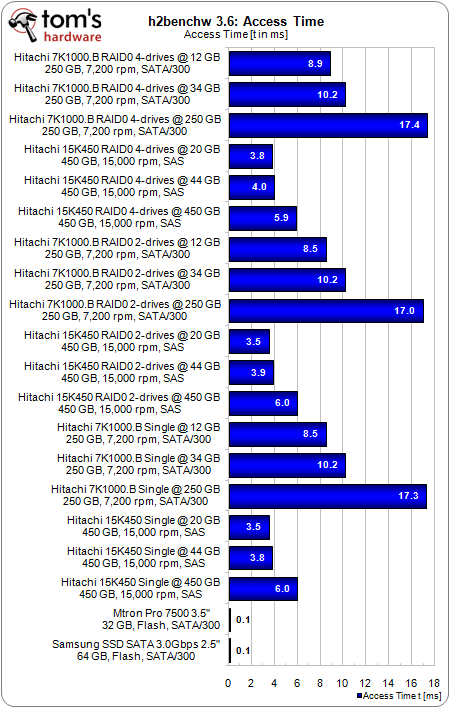Accelerate Your Hard Drive By Short Stroking
Test Setup, Flash SSDs and Access Time
| System Hardware | |
|---|---|
| Processors | 2x Intel Xeon Processor (Nocona core), 3.6 GHz, FSB800, 1 MB L2 Cache |
| Platform | Asus NCL-DS (Socket 604), Intel E7520 Chipset, BIOS 1005 |
| RAM | Corsair CM72DD512AR-400 (DDR2-400 ECC, reg.), 2x 512 MB, CL3-3-3-10 Timings |
| System Hard Drive | Western Digital Caviar WD1200JB, 120 GB, 7,200 RPM, 8 MB Cache, UltraATA/100 |
| Mass Storage Controller(s) | Adaptec RAID 5805, 8x SAS, FW + Driver 16343 |
| Networking | Broadcom BCM5721 On-Board Gigabit Ethernet NIC |
| Graphics Subsystem | On-Board Graphics, ATI RageXL, 8 MB |
| System Hardware | |
|---|---|
| Performance Measurements | c't h2benchw 3.6, PCMark05 V1.01 |
| I/O Performance | IOMeter 2003.05.10Fileserver-Benchmark, Webserver-Benchmark, Database-Benchmark, Workstation-Benchmark |
| System Software and Drivers | |
|---|---|
| OS | Microsoft Windows Server 2003 Enterprise Edition, Service Pack 1 |
| Platform Driver | Intel Chipset Installation Utility 7.0.0.1025 |
| Graphics Driver | Default Windows Graphics Driver |
Flash SSDs For Comparison
For comparison purposes, we used a Mtron Pro 7500 SLC enterprise flash SSD, as well as a mainstream Samsung 64 GB flash SSD.


Mtron’s Pro 7500 is a 3.5” drive based on SLC flash memory. This is one of the more serious enterprise flash SSD products on the market.
Samsung’s 64 GB SLC flash SSD is a consumer product that has been used in various notebooks such as the Lenovo X300. We decided to use it as a comparison drive to represent a decent mainstream flash SSD.
Access Time
Although short stroking doesn’t get hard drives anywhere the access times of flash SSDs, we found that their access times still decrease by 40% in the case of the Ultrastar 15K450 SAS HDDs, and by an amazing 50% in the case of the Deskstar 7K1000.B SATA drives. The advantages are similar when the drives are configured in RAID modes. Since no future hard drive will be able to significantly shorten today’s access times, short stroking is an excellent technique for improving performance in a very noticeable way. Even the desktop 7K1000.B shows access times that are quicker than those of 10,000 RPM drives.
Get Tom's Hardware's best news and in-depth reviews, straight to your inbox.
Current page: Test Setup, Flash SSDs and Access Time
Prev Page “Niagara,” The Short Stroking Tool Next Page Throughput